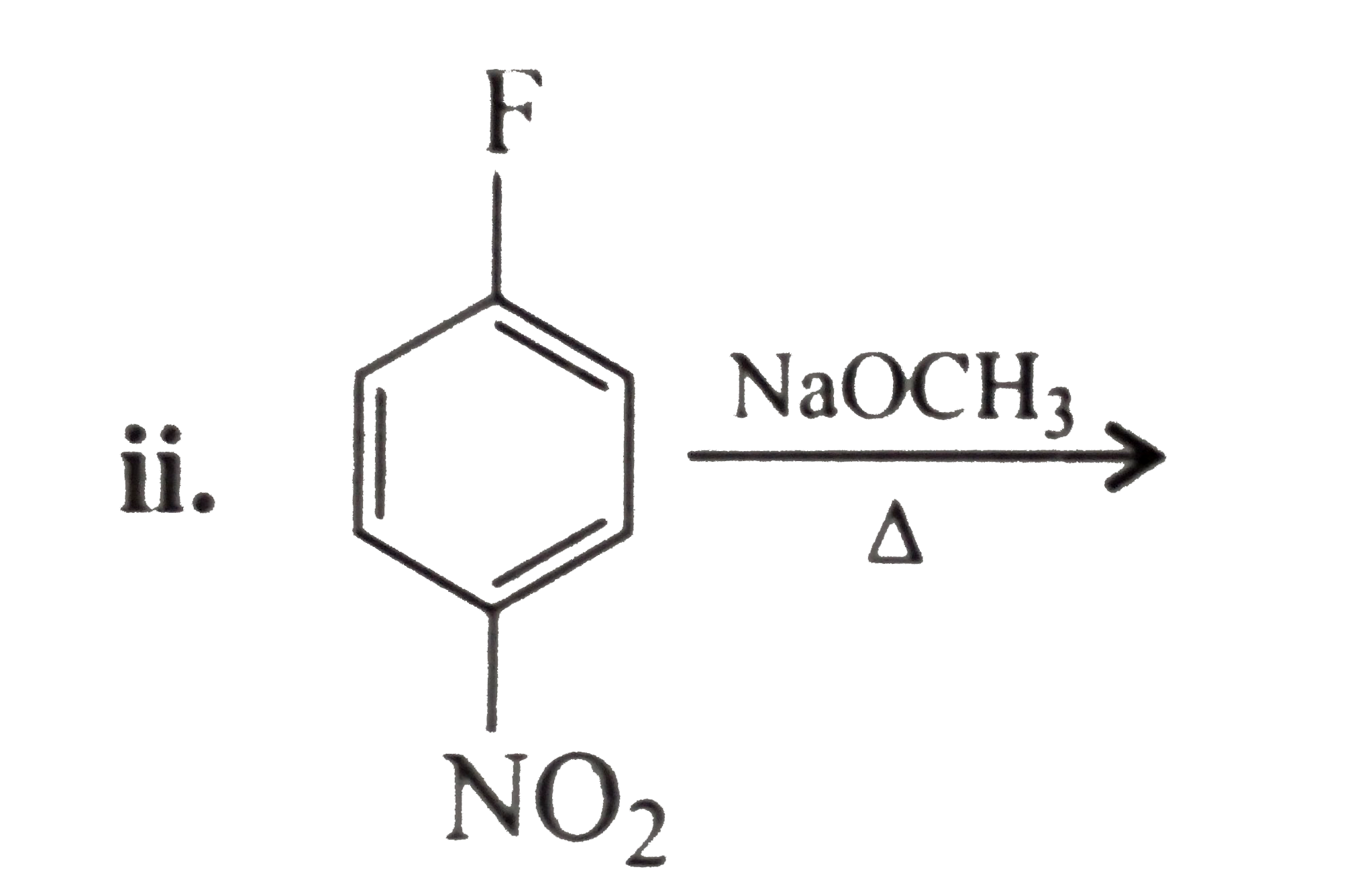What alkyl halide would yield each of the following pure alkene on reaction with alcoholic KOH ?
CH3−CH3∣C=CH2
To determine the alkyl halide that would yield the alkene CH3−CH(CH3)=CH2 (2-methylpropene) upon reaction with alcoholic KOH, we can follow these steps:
1. Identify the Target Alkene: The target alkene is 2-methylpropene, which has the structure CH3−CH(CH3)=CH2. This indicates that the alkene has a double bond between the second and third carbon atoms, with a methyl group attached to the second carbon.
2. Understand the Reaction Conditions: The reaction involves alcoholic KOH, which acts as a strong base. In this context, it will facilitate an elimination reaction (dehydrohalogenation) to form the alkene from an alkyl halide.
3. Choose the Alkyl Halide: To produce 2-methylpropene, we need to select an alkyl halide that, when treated with alcoholic KOH, can eliminate a hydrogen and a halogen atom to form the double bond in the desired product.
4. Propose a Suitable Alkyl Halide: A suitable alkyl halide would be 2-bromo-2-methylpropane (or 2-chloro-2-methylpropane). The structure is as follows:
CH3−C(CH3)(Br)−CH3
Here, the bromine (or chlorine) atom is located on the second carbon, which is attached to two methyl groups.
5. Reaction Mechanism: When 2-bromo-2-methylpropane reacts with alcoholic KOH:
- The ethoxide ion C2H5O− abstracts a hydrogen atom from the adjacent carbon (the third carbon).
- This results in the formation of a double bond between the second and third carbon atoms and the elimination of the bromine atom.
- The final product is 2-methylpropene.
6. Final Answer: Therefore, the alkyl halide that would yield the alkene CH3−CH(CH3)=CH2 upon reaction with alcoholic KOH is 2-bromo-2-methylpropane (or 2-chloro-2-methylpropane).
CH3−C(CH3)(Br)−CH3
Here, the bromine (or chlorine) atom is located on the second carbon, which is attached to two methyl groups.
- The ethoxide ion C2H5O− abstracts a hydrogen atom from the adjacent carbon (the third carbon).
- This results in the formation of a double bond between the second and third carbon atoms and the elimination of the bromine atom.
- The final product is 2-methylpropene.
Topper's Solved these Questions
- BOOK - MOTIONCHAPTER - HYDROCARBON EXERCISE - QUESTIONS6videos
HYDROCARBON
- BOOK - MOTIONCHAPTER - HYDROCARBON EXERCISE - Exercise - 185videos
HYDROCARBON
- BOOK - MOTIONCHAPTER - GRIGNARD REAGENTEXERCISE - EXERCISE-216videos
GRIGNARD REAGENT
- BOOK - MOTIONCHAPTER - IONIC EQUILIBRUIMEXERCISE - Exercise -4 (Level -II)14videos
IONIC EQUILIBRUIM
Similar Questions
Knowledge Check
- Question 1 - Select One
Arrange the following alkyl halides in decreasing order of the rate of β-elimination reaction with alcoholic KOH.
(I) CH3−H∣C∣CH3−CH3Br
(II) CH3−CH2−Br
(III) CH3−CH2−CH2−BrAIgtIIgtIIIBIIIgtIIgtICIIgtIIIgtIDIgtIIIgtII - Question 2 - Select One
Arrange the following alkyl halides in decreasing order of the rate or β-elimination reaction alcoholic KOH.
A. CH3−H∣C∣CH3−CH2Br
B. CH3−CH2−Br
C. CH3−CH2−CH2−BrAA>B>CBC>B>ACB>C>ADA>C>B - Question 3 - Select One
Which alkyl halide would be preferred for the synthesis of the following ether by Williamson synthesis ?
H5C2−O−CH3∣C∣CH3−HAn- Propyl chlorideBIsopropyl chlorideCEthyl chlorideDMethyl chloride
Which alkyl chloride would yield following pure alkene on reaction with alcoholic KOH ?
(i)CH3−CH3∣C=CH2 (ii)CH3−CH2−CH2−CH=CH2 (iii)CH3−CH2−C∣CH3=CH3View SolutionWhat would be that major product in each of the following reactions ?
i. CH3−CH3∣C∣CH3−CH2BrC2H5OH−−−−→Δ
ii. View Solution
View SolutionArrange the following alkyl halides in decreasing order of the rate or β-elimination reaction alcoholic KOH.
A. CH3−H∣C∣CH3−CH2Br
B. CH3−CH2−Br
C. CH3−CH2−CH2−BrView SolutionThe major product of the following reaction, (CH3)2CH−NH2∣CH−CH3HNO2−−−→ is
View SolutionThe reaction CH2=CH−CH3+HBr→CH3−Br∣CHCH3 is
View Solution

